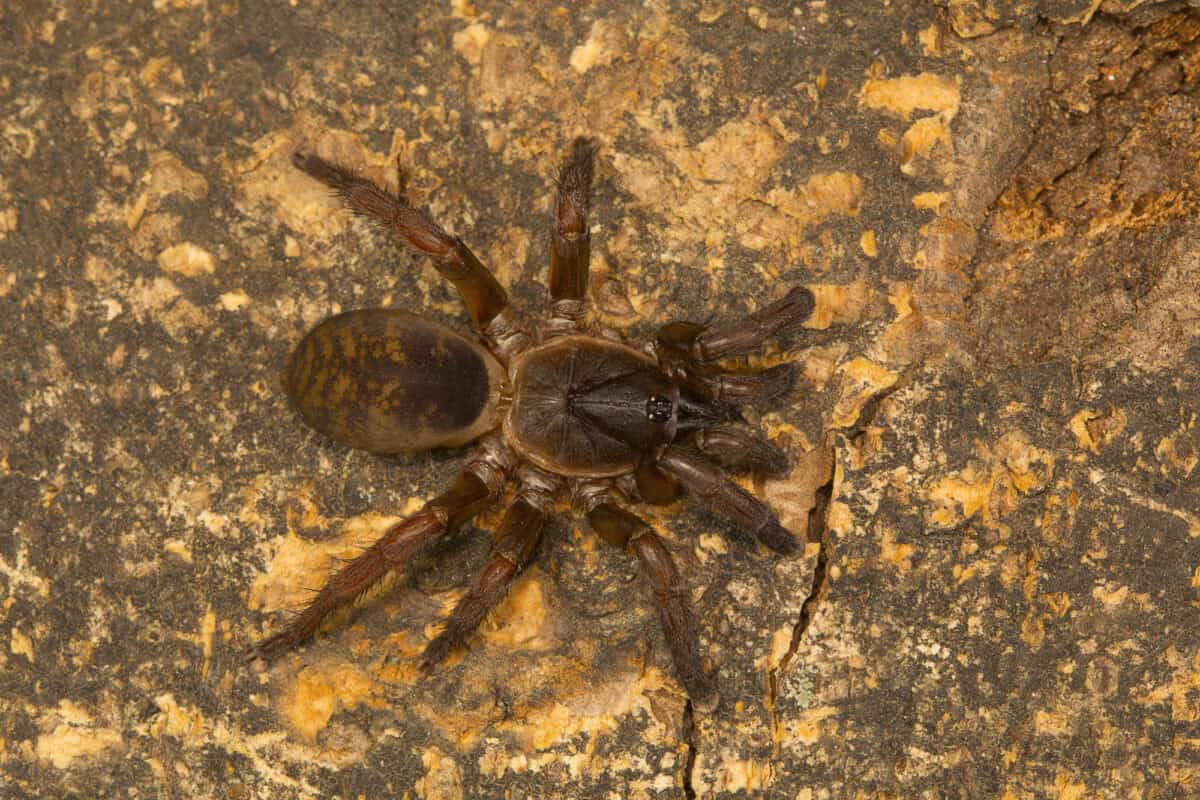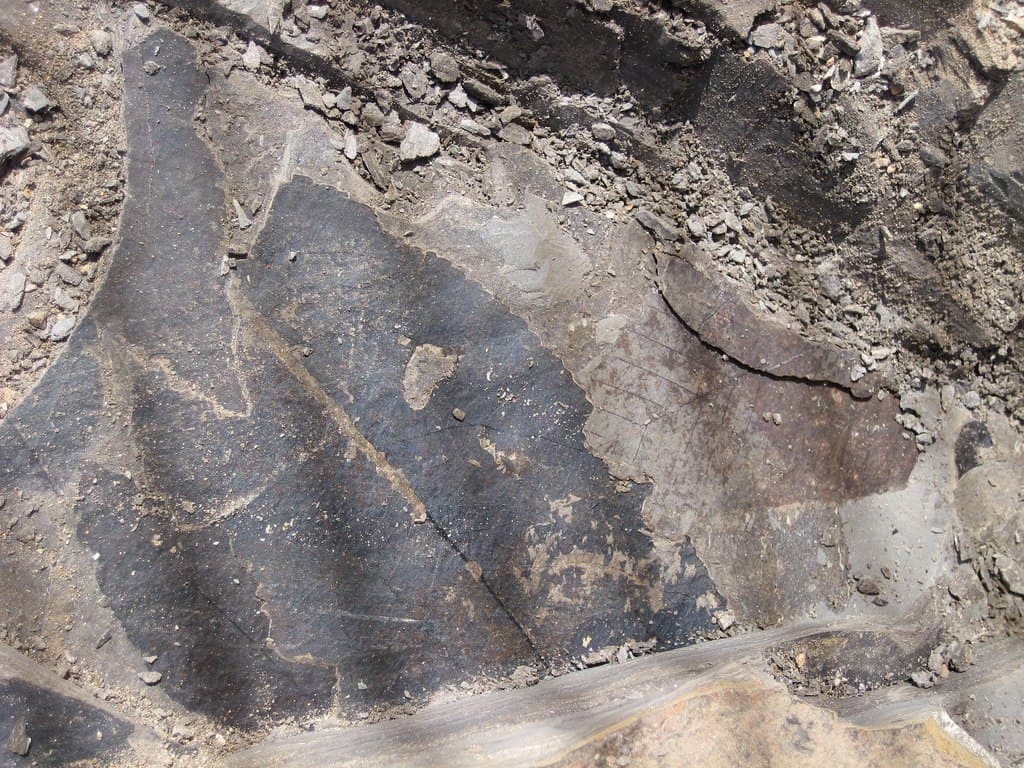A fascinating discovery was made in Australia when scientists unearthed a giant fossil of a trapdoor spider! This ancient spider species is believed to have roamed the earth millions of years ago. So, let’s discover how this fossil offers valuable insight into the prehistoric life of spiders and their evolution.
Where the Fossil Was Found

The fossil was found in the Central Queensland region of Australia. Interestingly, this area is known for being rich in ancient fossils. Furthermore, scientists believe this discovery could lead to even more findings in the region!
The Trapdoor Spider Species

The fossil belongs to a type of trapdoor spider, which is known for building burrows with hidden doors. You might know that modern trapdoor spiders still exist, but this fossil represents a much larger, extinct relative. It gives us a glimpse into what these ancient spiders may have looked like long before our time. However, I’m more than alright to leave a giant spider in the past!
Size of the Fossil

One of the most remarkable features of the fossil is its size. The fossilized spider was much larger than today’s trapdoor spiders, with a leg span of up to 4 inches. This makes it one of the largest fossilized spiders ever found at around 5 times the size of its modern day relative.
Age of the Fossil

Scientists estimate that this fossil is between 11 and 16 million years old. Consequently, this places the spider in the Miocene epoch, a time when many other large creatures, including mammals and birds, were also evolving. Now, the fossil gives us a better understanding of the environment during that period.
Importance of the Discovery

This fossil discovery is significant for several reasons. First, it adds to our knowledge of spider evolution, showing how they may have adapted to changing environments. Second, it helps fill gaps in the fossil record, as spider fossils are rare due to their soft bodies!
The Challenges of Fossilizing Spiders

Fossilizing spiders is particularly difficult because their bodies are soft and decompose quickly. So, this makes any fossil find rare and important. In this case, the preservation of this fossil was likely due to special conditions that prevented decay.
What the Fossil Tells Us About Ancient Ecosystems

The size and type of spider suggest that the environment during the Miocene epoch was suitable for large invertebrates. Specifically, the fossil indicates that there was plenty of prey for these spiders to hunt. This discovery helps researchers understand more about ancient ecosystems in Australia.
The Role of Fossils in Understanding Climate Change

Fossils like this one also offer clues about past climate conditions. For example, by studying the fossilized spider and its environment, scientists can learn about climate change millions of years ago. Additionally, this can provide insights into how modern species may adapt to future climate shifts.
Other Fossils Found in Australia

Australia has been the site of many exciting fossil discoveries, including ancient mammals, reptiles, and insects. Now, this spider fossil adds to the country’s rich paleontological history. Also, it shows that there is still much to uncover about Australia’s prehistoric past. Australia is home to so many bizarre creatures today that I can’t even begin to imagine what it looked like millions of years ago!
The Public Reaction to the Discovery

The discovery of the giant fossil spider has sparked interest around the world. Naturally, people are fascinated by the idea of a giant spider roaming ancient Australia. Moreover, news outlets and scientists alike have shared the discovery, further increasing public curiosity.
Conclusion: A Glimpse Into the Past

The discovery of this giant trapdoor spider fossil is a remarkable find that provides important insights into prehistoric life. It shows us how spiders may have evolved and adapted over millions of years. This fossil is a valuable piece of the puzzle in understanding Earth’s distant past. Did you ever stop to consider prehistoric spiders before this article? I know I didn’t!
- Dracula, The Largest Flying Dinosaur From 66 Million Years Ago - August 9, 2025
- 10 Epic Facts You Likely Didn’t Know About These Popular Animals - August 8, 2025
- The 10 Largest Birds From All Around The World - August 8, 2025

